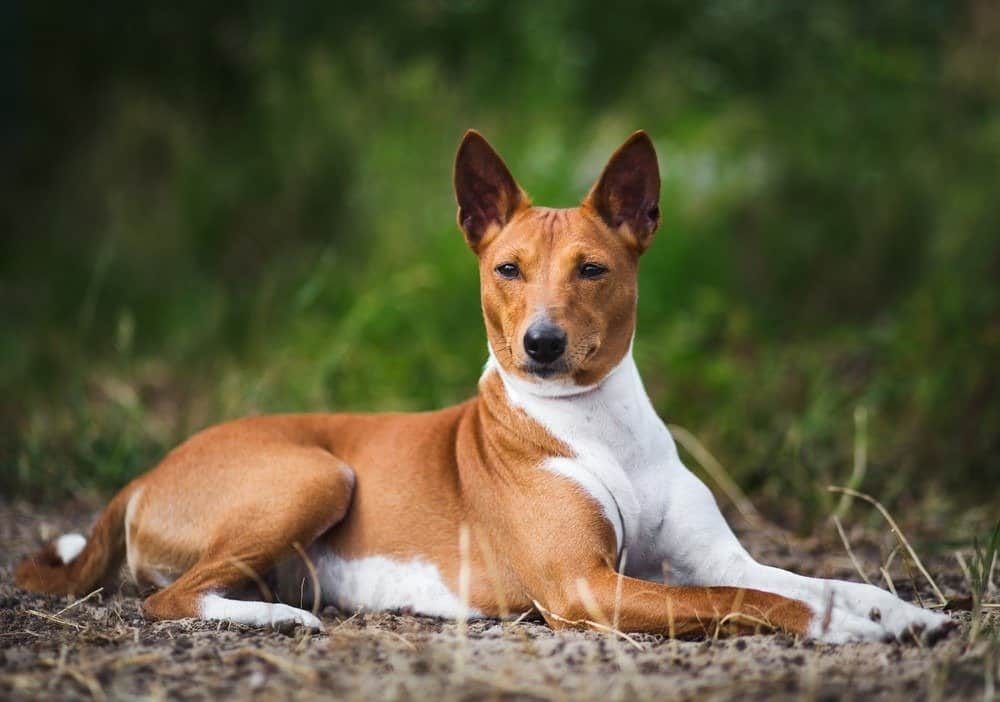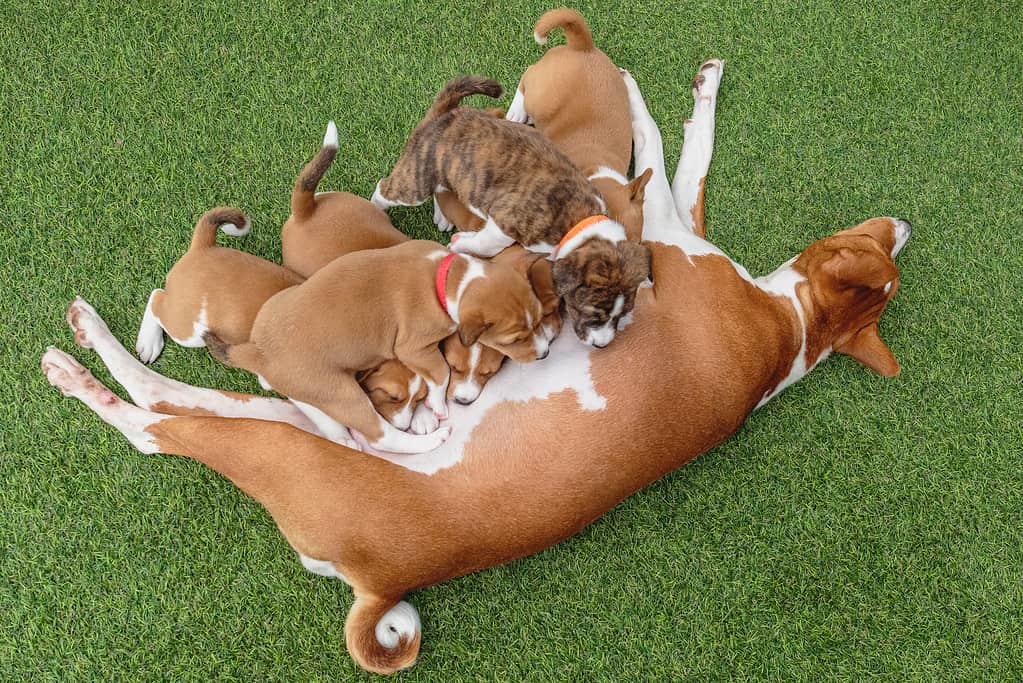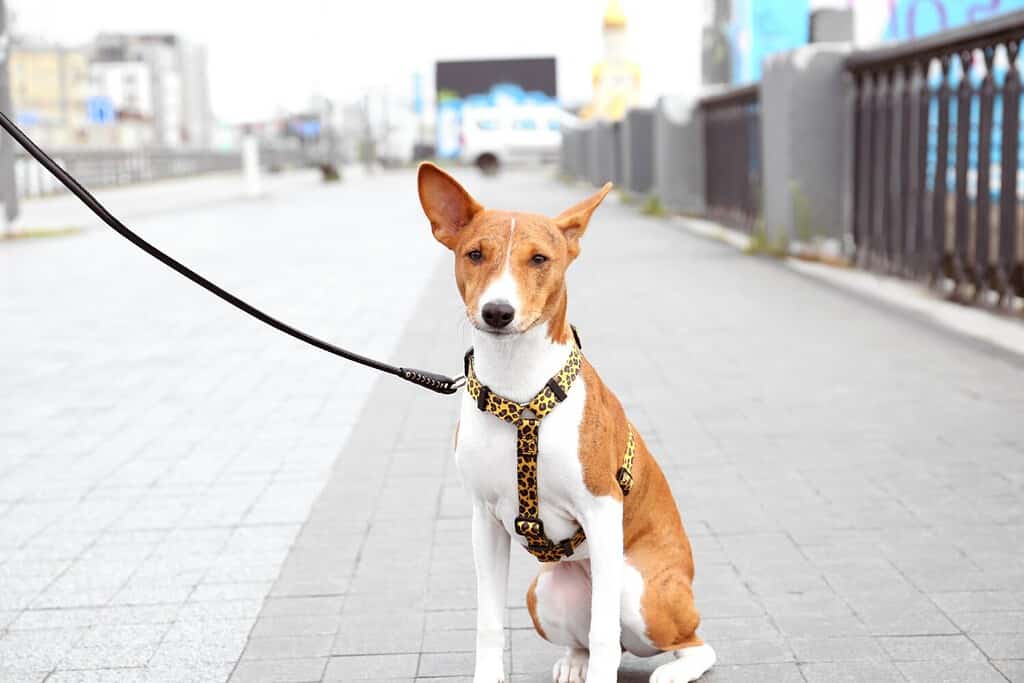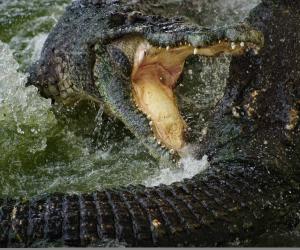Male vs Female Basenji: 6 Key Differences
The basenji breed has a long and proud history as a hunting dog in Africa and may have been one of the first-ever domesticated dog breeds. They are medium-sized graceful dogs with unique almond-shaped eyes, short coats, and curly tails. Another unusual characteristic is that they do not bark but can make a range of other noises when they have something to say! There are some subtle differences between the basenji sexes. So, what exactly are the differences between a male and female basenji?
Comparing a Male and Female Basenji
| Male Basenji | Female Basenji | |
|---|---|---|
| Size | 17 inches to shoulders 24 pounds | 16 inches to shoulders 22 pounds |
| Physical traits | Broader head, wider muzzle | Finer features, narrower muzzle |
| Reproduction | Sexual maturity at around 12 months, fertile anytime. | Fertile at first heat cycle at 6-9 months, Fertile only during heat cycles once a year lasting 18-21 days. |
| Health | Generally healthy, some genetic disorders | Generally healthy, some genetic disorders. Risks associated with pregnancy and birth. |
| Temperament | May be bolder and more vigilant. Transition to adolescence can be challenging. | Often less bold and vigilant. |
| Training | Can be independent/stubborn but responds well to clicker training. | Needs persistence and patience |
Key Differences Between a Male and Female Basenji
The key differences between male vs. female basenjis are their size, physical traits, and reproductive role. In terms of health considerations, temperament, and responses to training there are fewer differences.
Whilst male and female basenjis have similar body compositions, we discuss some subtle differences that mean that the well-trained eye can tell them apart. Obviously, they have different reproductive roles which will be important if you intend to breed from your pet. They reach sexual maturity at different ages and adolescence can be more challenging in males. There are some genetic diseases that both sexes of this breed are prone to but, on the whole, male and female basenjis are healthy. Male dogs in general are bolder and more vigilant but both sexes can be challenging to train. They have a mind of their own!
Male vs. Female Basenji: Size

Basenji females are smaller than males.
©Verbitskaya Juliya/Shutterstock.com
Basenjis are compact and graceful members of the hound group of dog breeds. Their breed standard specifies that they should be lightly built, appear high on the leg with a well-arched neck and a tail that is set high and curled. Overall, males are a little larger than females.
The ideal height for males is 17 inches and for females is 16 inches. The distance from the front of the chest to the point of the buttocks should also be 17 inches in males and 16 inches in females. Males are 24 pounds in weight whilst females are around 22 pounds.
Male vs. Female Basenji: Physical Traits
In addition to being taller and heavier, males have a slightly broader body and tend to be more muscular than females. Female basenjis have a slighter narrower head and more delicate facial features with a narrower, more pointed muzzle.
Male vs. Female Basenji: Reproduction

Basenji females have one season a year.
©alekta/iStock via Getty Images
The obvious difference is the role that the two genders play in reproduction. If you want to breed from your basenji female, you will have the joy and responsibility of the pregnancy, birth, and rearing young pups. Your male’s role will be briefer!
Female basenjis have their first heat at around six to nine months of age although it has happened as young as five months. Unusually, they only come into heat once a year (usually in the autumn) – for most dog breeds it is two or three times a year. The cycle lasts for 18-21 days and during this time she will be attractive to male dogs and can become pregnant. If you do not want to breed from her, you must keep her away from male dogs at this time. Male dogs reach sexual maturity at around 12 months of age when you may notice behavior such as ‘mounting’. Both males and females will have stopped growing by the time they are two years of age.
Male vs. Female Basenji: Health Considerations
Both males and female basenjis are generally very healthy. However, the Basenji Club of America has highlighted two genetic conditions that prospective owners and breeders should be aware of. One is Progressive Retinal Atrophy. This is a degenerative disease affecting the light-sensitive cells of the retina. Another is Fanconi Syndrome which is a genetic kidney disease.
There are pros and cons to spaying a female before her first season so you should discuss this with your vet. Male dogs can be neutered any time after around nine or ten months but, again, your vet can advise further on this. Females also face the risks associated with pregnancy and birth.
Male vs Female Basenji: Temperament
Basenjis as a whole, are intelligent dogs who form a strong bond with their families. They have a reputation for being curious, entertaining, and ‘into everything’. This applies to both males and females – neither are what you could call a laid-back house dog. In general, male dogs are bolder and more vigilant but every dog is an individual and personalities are very variable.
Male basenjis can find the transition into adolescence more challenging and they can become more difficult to handle than females at this time.
Male vs Female Besanji: Response to Training

Basenjis can be challenging to train.
©New Africa/Shutterstock.com
Basenjis are not a typical domestic dog. They have a strong sense of what they think is right and wrong and training them requires skill. Brute force will never work. They have been described as stubborn and are very happy to ignore instructions – this applies to both males and females. These dogs also have a very strong prey drive and are great escape artists. This can add up to a challenge for their owners!
On the plus side, they do respond well to consistent training methods and seem to be particularly receptive to clicker training. Short training sessions work better than longer ones.
It is essential to start training with both males and females early. Essential training for basenjis includes the ‘No’ command, leash training, ‘sit’, and ‘down’. Early socialization is vital because both sexes may not get on with other dogs – they prefer their own pack!
The photo featured at the top of this post is © Rizelle Anne Galvez, fotojagodka from Getty Images, / via Canva.com









